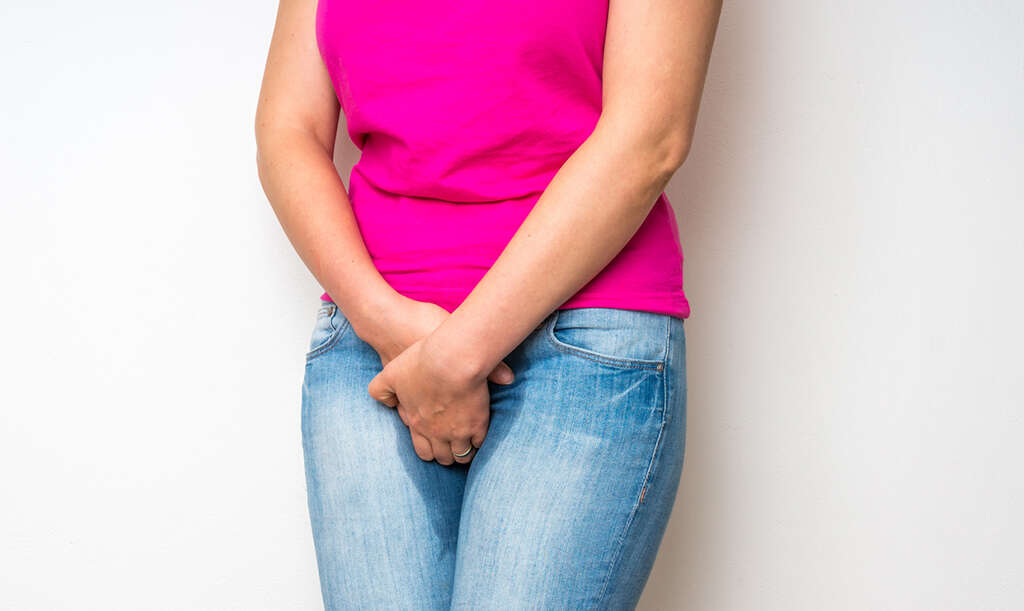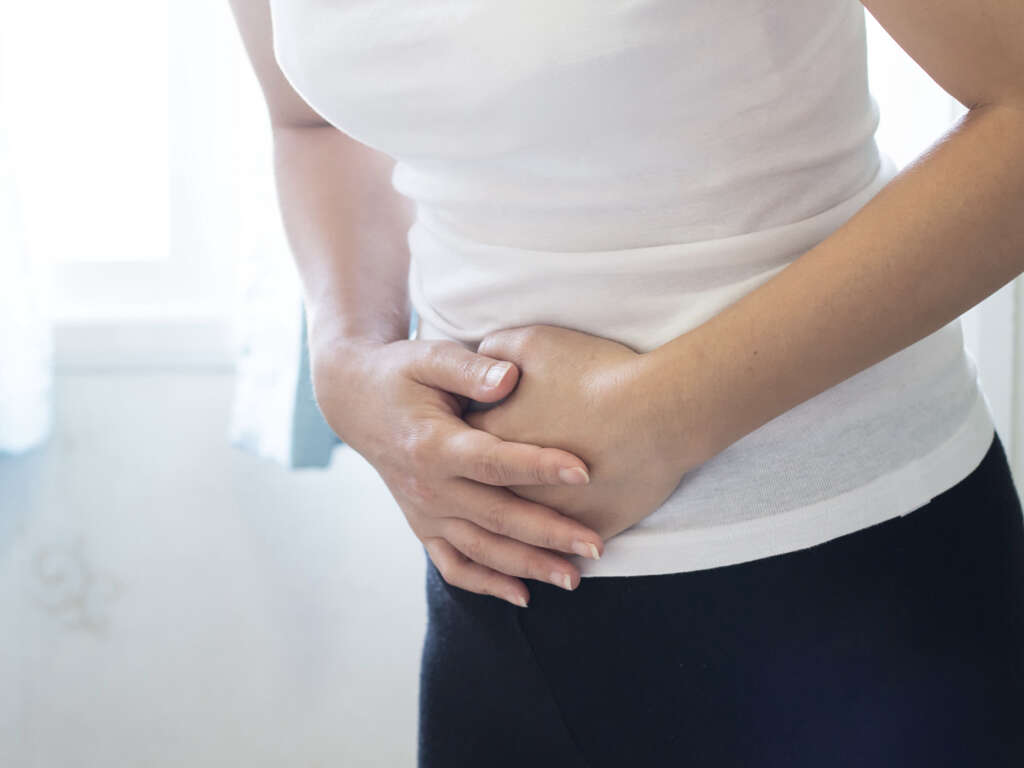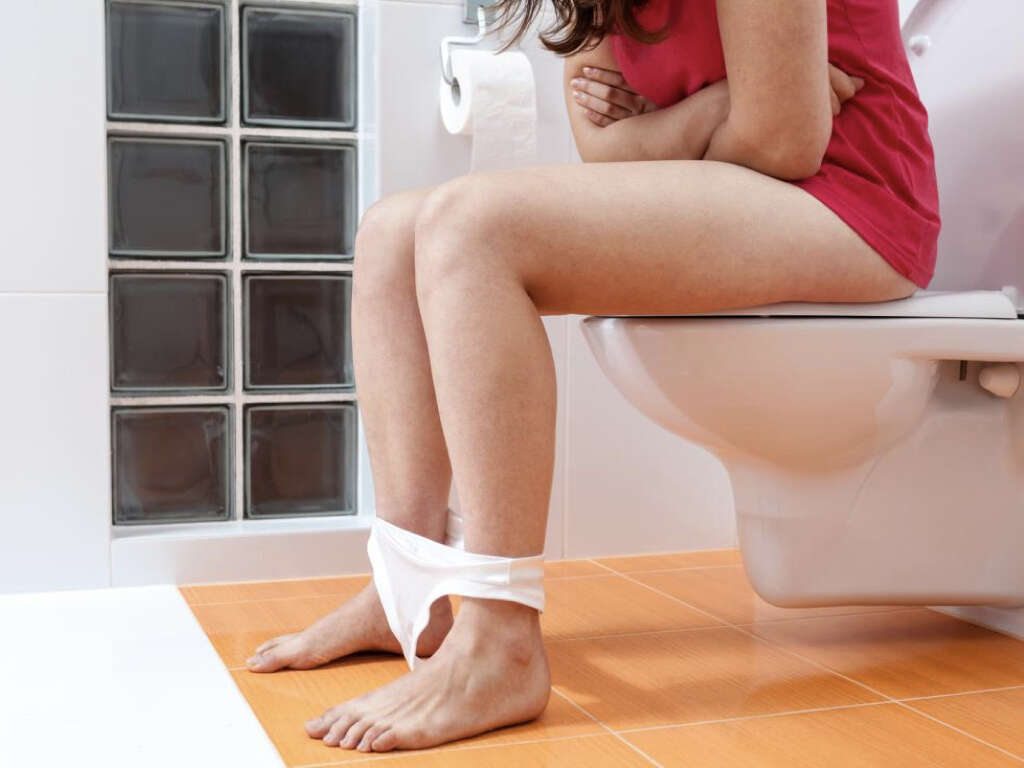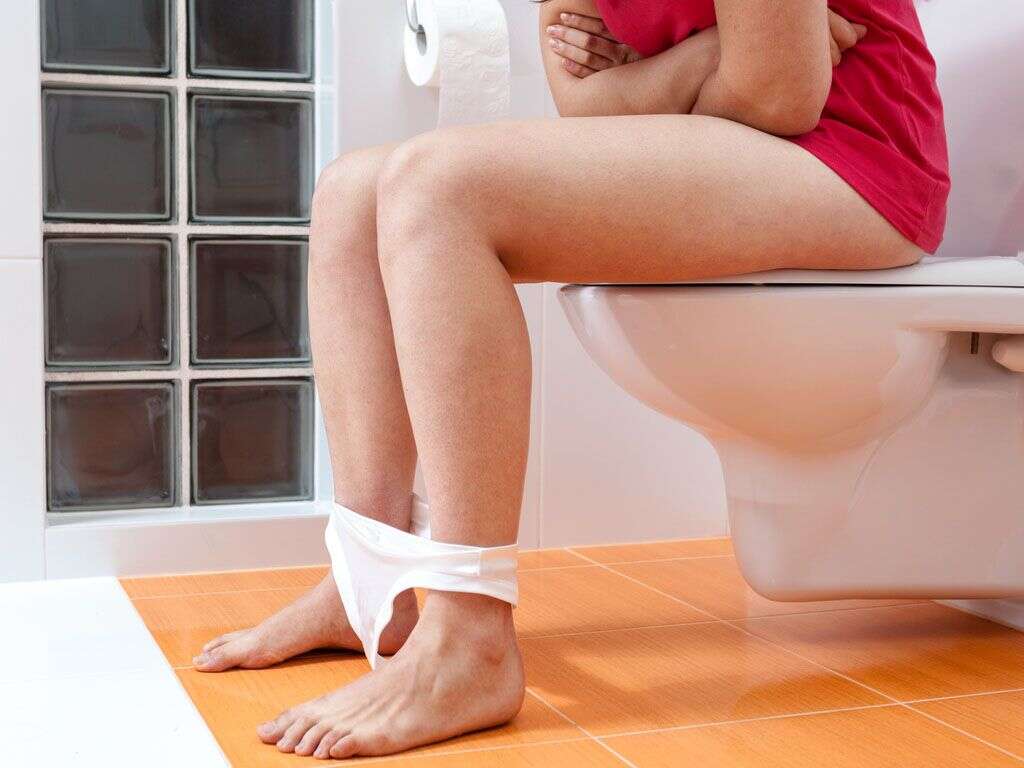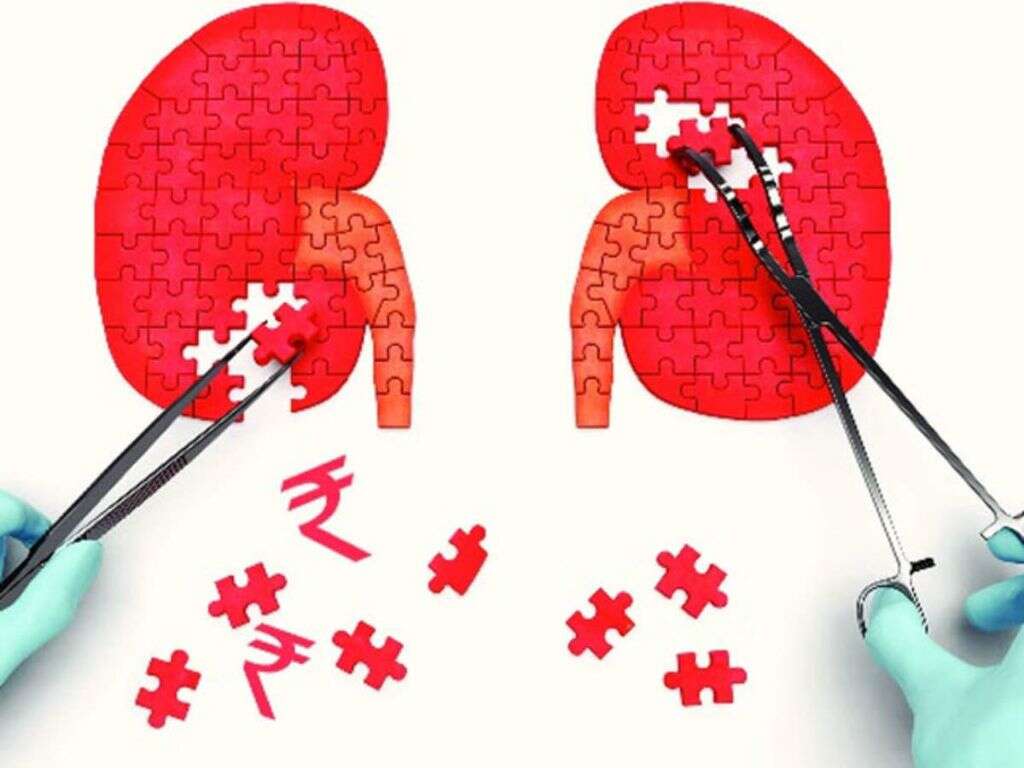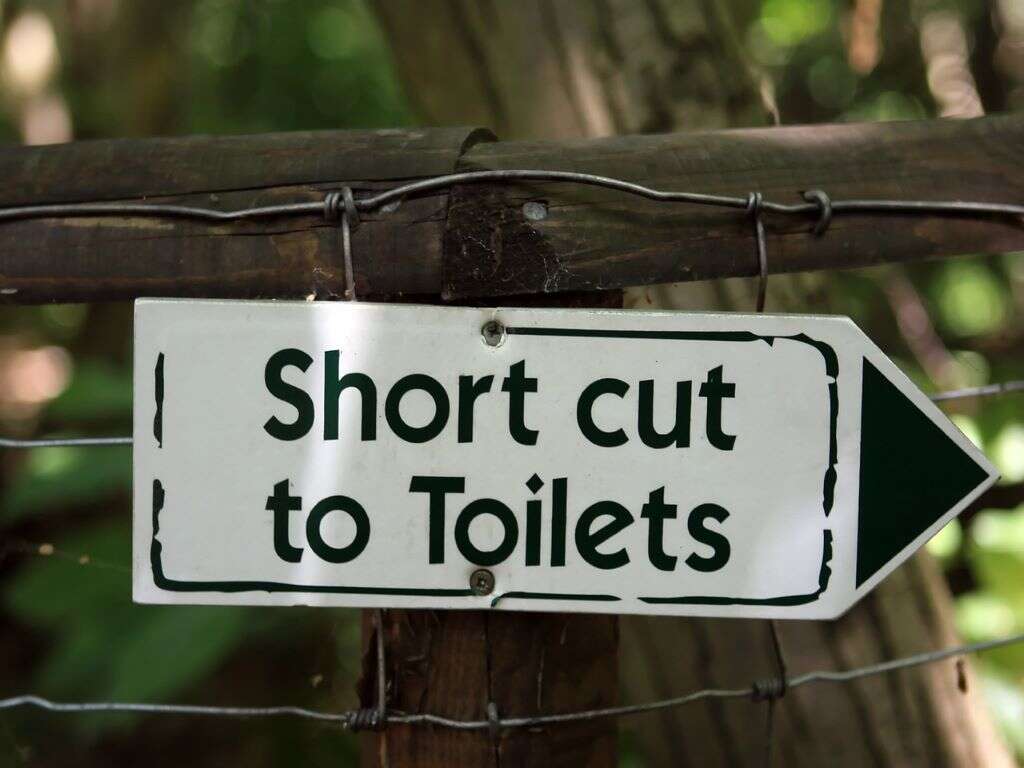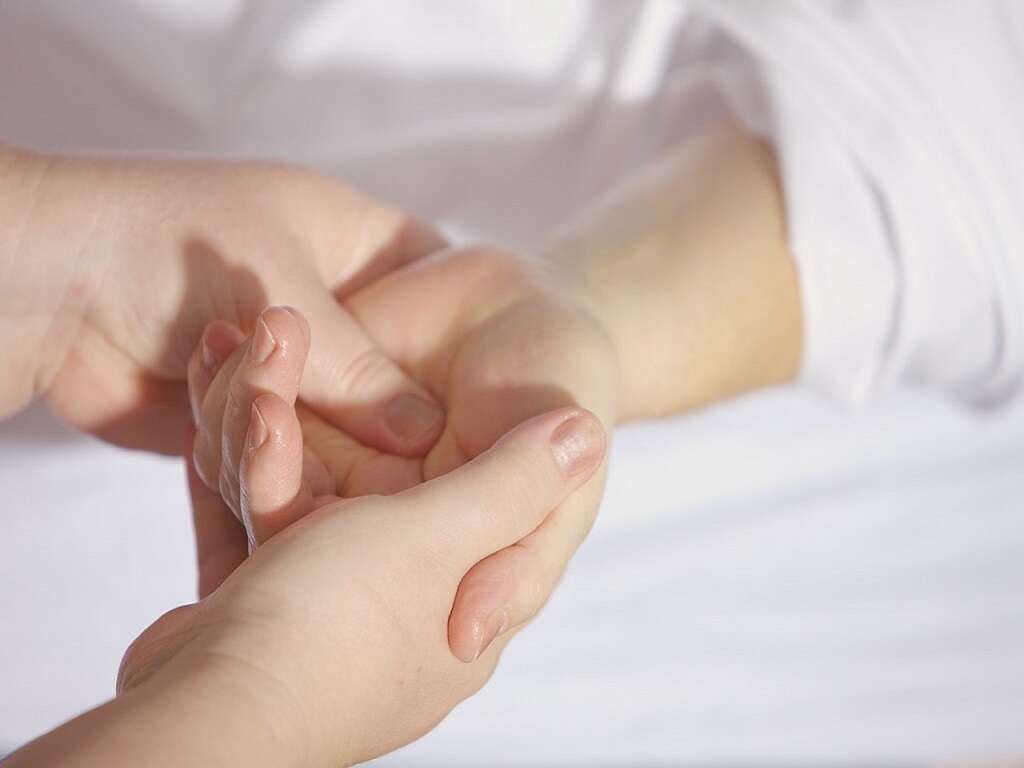10 Interstitial Cystitis Symptoms
Interstitial cystitis is a chronic condition that affects the bladder. It is also known as bladder pain syndrome. The cause of interstitial cystitis is unknown. Patients with interstitial cystitis often experience depression and may have a lower quality of life due to the symptoms. Many patients also concurrently have other conditions, such as fibromyalgia or irritable bowel syndrome. The onset of the disease is usually during middle age, and women have a higher risk of interstitial cystitis than men. In the United States and Europe, it has been estimated that approximately 0.5 percent of individuals are affected.
The diagnosis is typically achieved after other conditions have been ruled out. Many patients are often diagnosed with other conditions that can have similar symptoms, such as sexually transmitted infections, urinary tract infections, bladder cancer, endometriosis, and prostatitis. The urine culture in these cases is usually negative. While there is no cure for interstitial cystitis, some treatments can help with the symptoms and improve the quality of life. Treatment for interstitial cystitis usually includes lifestyle changes, such as quitting smoking, reducing stress, and changing one’s diet. Medications that may be beneficial are painkillers, such as nonsteroidal anti-inflammatory drugs (NSAIDs), amitriptyline, and pentosan polysulfate. Some procedures that can help are bladder distension, surgery, and nerve stimulation.
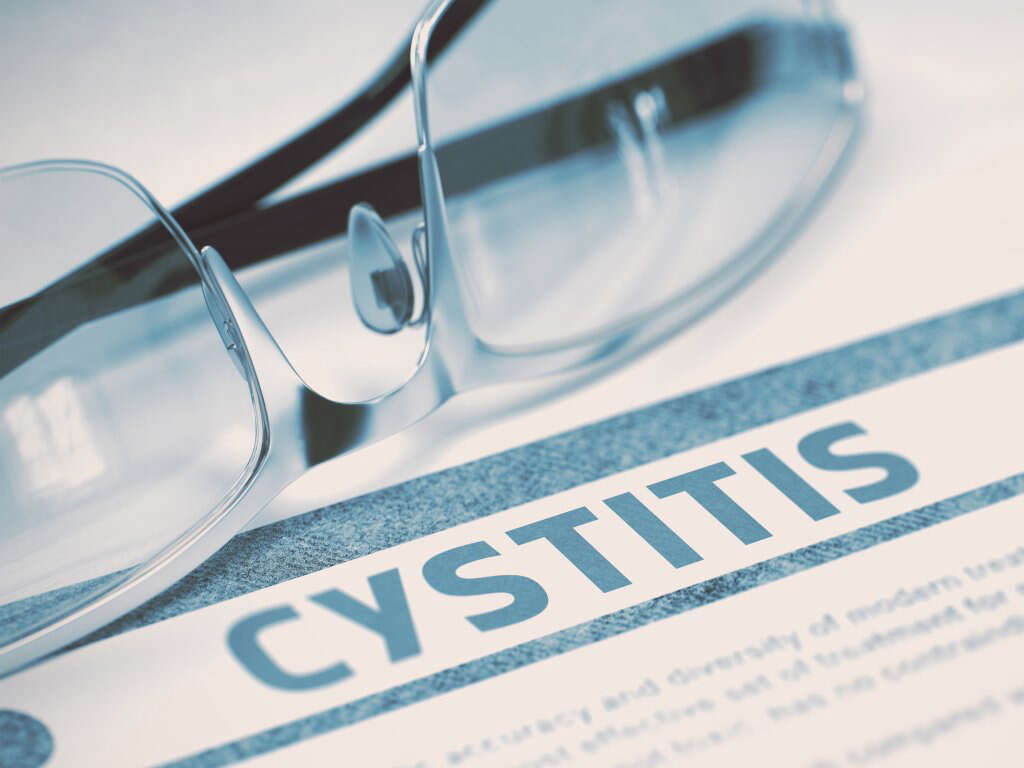
Symptom #1: Suprapubic Pain
In interstitial cystitis, the symptoms can sometimes vary for each patient. However, almost all patients with interstitial cystitis will experience suprapubic pain.
The suprapubic region is located in the lower abdomen above the pubic bone. The pain can range from mild to severe and is partially relieved after urination.
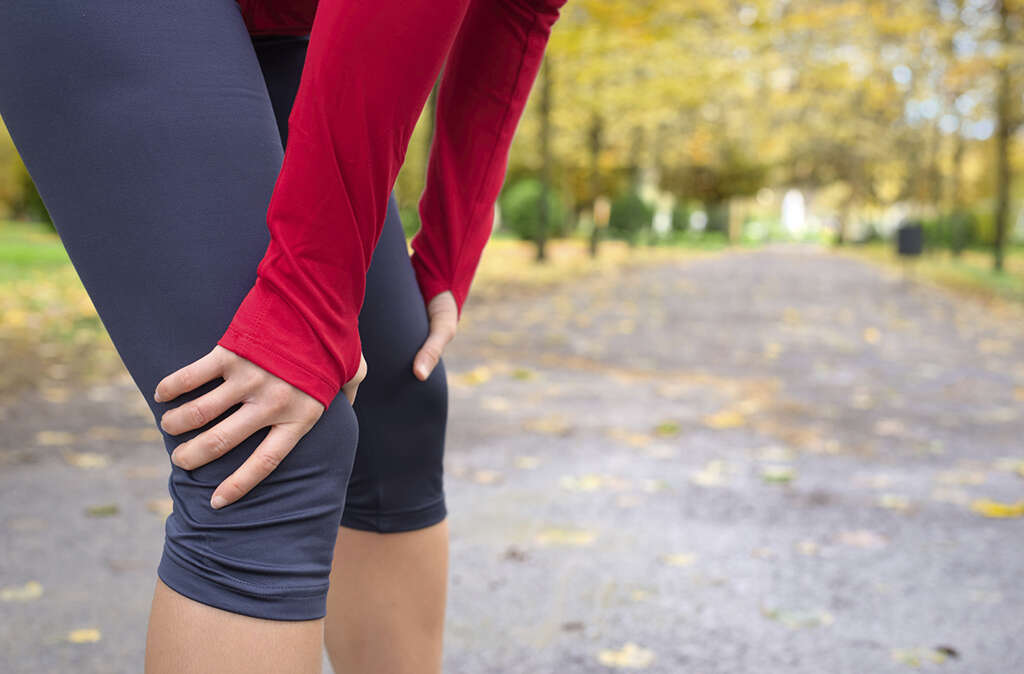
Symptom #2: Frequent Urination
Frequent urination is the need to urinate more than usual. The commonest causes of frequent urination are urinary tract infections (for women and children), an enlarged prostate (in older men), and the use of diuretics. Frequent urination is commonly associated with urinary urgency. Other associated symptoms include polyuria and urinary incontinence.
Other causes of increased urinary frequency include interstitial cystitis, urethral inflammation, vaginal inflammation, alcohol use, anxiety, bladder cancer, diabetes, and pregnancy. It can also be a side effect of medications.
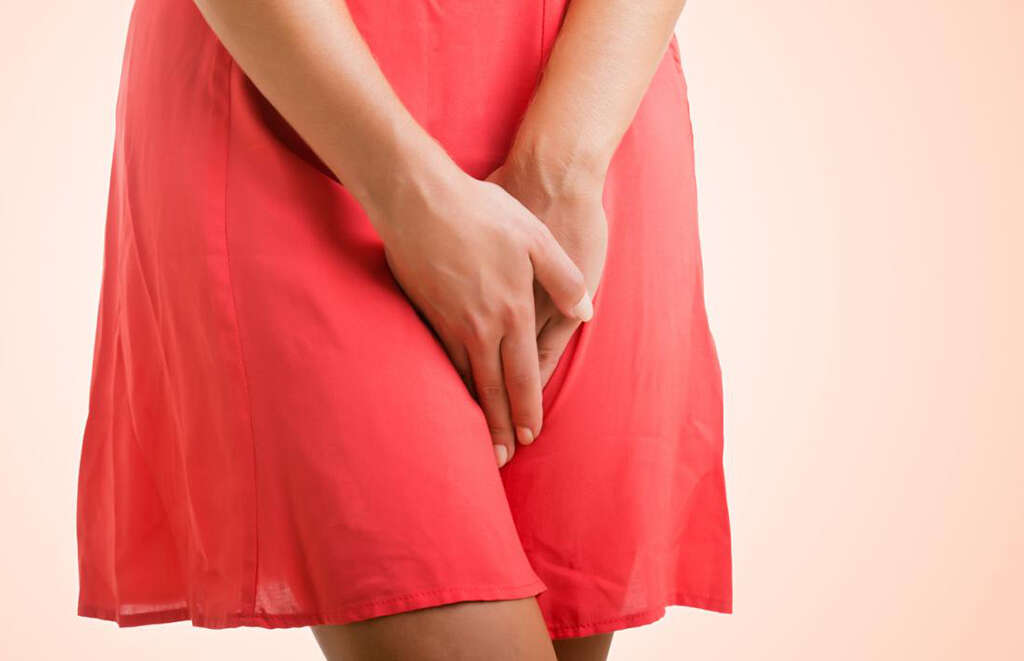
Symptom #3: Dyspareunia
Dyspareunia is painful sexual intercourse that is due to either psychological or medical causes. Some causes of dyspareunia include interstitial cystitis, infections, cancer of the reproductive tract, trauma to the pelvis, anatomical variations, and hormonal causes. The pain is mostly felt on the external surface or deeper part of the pelvis.
To identify the cause of the pain, it is important to understand the nature, duration, and location of the pain. There are many factors that can contribute to dyspareunia, such as psychological, physical, social, or relationship issues. A thorough examination of the patient as well as the patient’s medical history will help achieve a specific diagnosis. The treatment of dyspareunia depends on the underlying cause.

Symptom #4: Nocturia
Nocturia is a condition where the patient wakes up one or more times at night to urinate. There are many causes of nocturia, and the underlying cause can be hard to determine. Research shows that nocturia negatively impacts more than 60 percent of individuals, resulting in sleep deprivation, cognitive dysfunction, increased risk of accidents, fatigue, and impaired productivity.
Although not every patient with nocturia requires treatment, those with severe nocturia who wake up more than two or three times a night tend to seek treatment. In severe cases of interstitial cystitis, patients may have to urinate several times every hour.
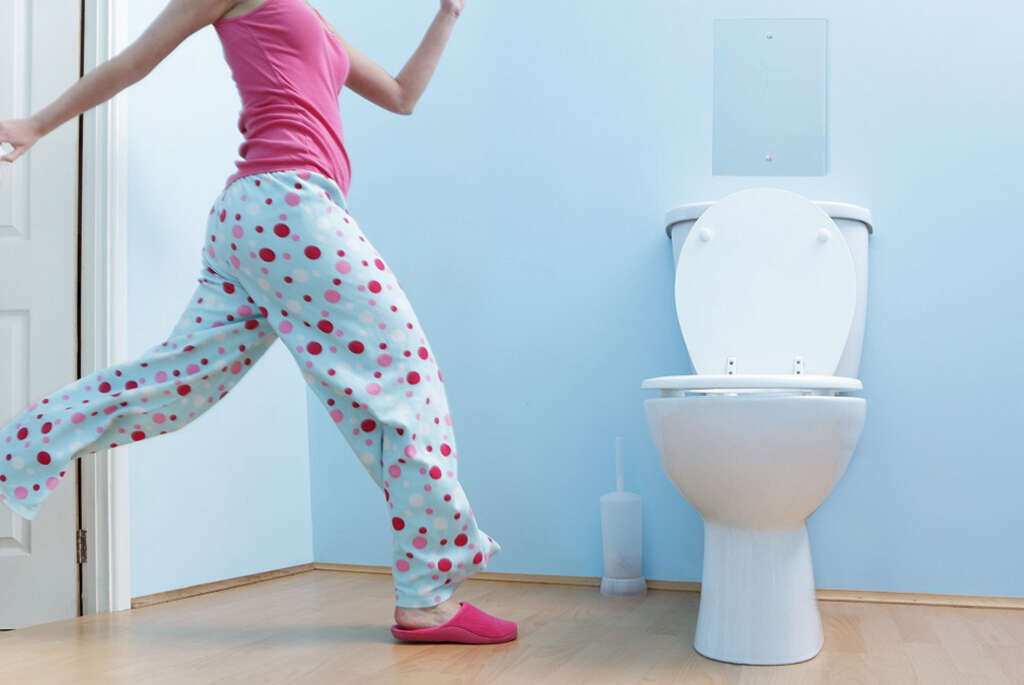
Symptom #5: Painful Urination
Painful urination is also known as dysuria. The pain is usually described as a stinging or burning sensation. Other associated symptoms of dysuria include increased urinary frequency and nocturia.
Causes of dysuria include urinary tract infections, bladder stones, sexually transmitted diseases, bladder tumors, prostate issues, and interstitial cystitis. It also could be a side effect of medications. The treatment of dysuria depends on the underlying cause.

Symptom #6: Urinary Hesitancy
Urinary hesitancy is difficulty starting or maintaining urination. It is mostly seen among older men who have an enlarged prostate gland, but it can affect patients of all ages. Other common causes of urinary hesitancy include infection of the urinary tract or prostate. Urinary hesitancy makes the urine flow weak, and dribbling may occur.
Other associated symptoms of urinary hesitancy include increased urinary frequency, dysuria, cloudy urine, and urinary urgency. If it leads to the inability to urinate, it is called urinary retention, which can lead to a painful and swollen bladder.

Symptom #7: Depression
Depression refers to the state of an individual who has low mood. A depressed mood can be a transient and normal reaction to life events, such as the loss of a loved one. It is also a symptom of certain physical diseases, a side effect of medications, or a consequence of mood disorders (such as major depressive disorder).
Chronic depression can be managed with the help of antidepressants, such as selective serotonin reuptake inhibitors, serotonin norepinephrine reuptake inhibitors, tricyclic antidepressants, monoamine oxidase inhibitors, and tetracyclic antidepressants.
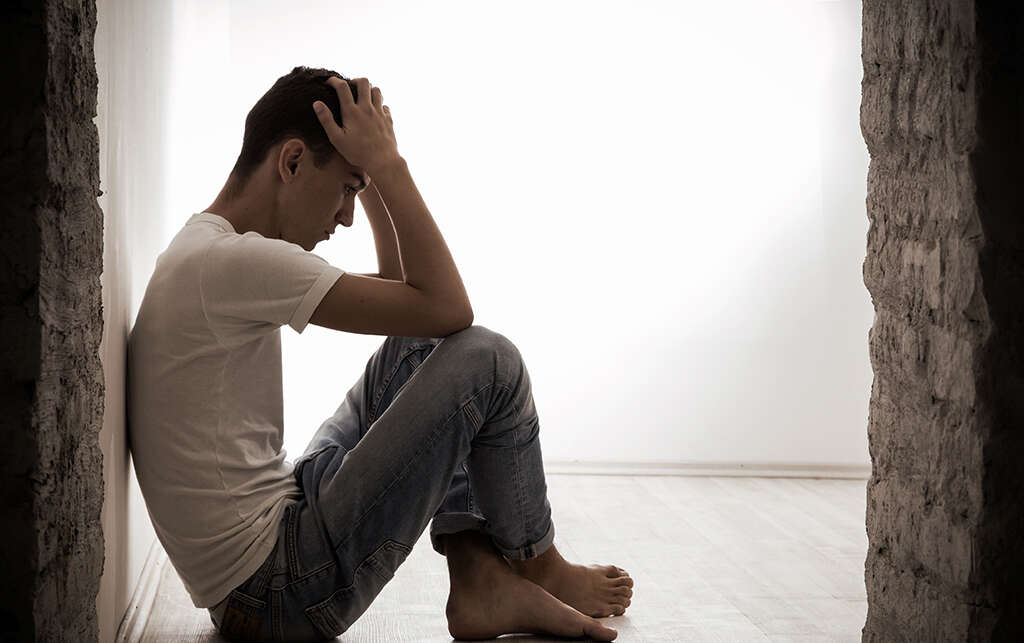
Symptom #8: Urinary Urgency
Urinary urgency is the sudden, unstoppable urge to urinate due to the involuntary contraction of the bladder’s muscular wall. It usually occurs when there is inflammation or irritation of the bladder wall, and it is one of the hallmarks of interstitial cystitis. The symptom is usually associated with polyuria, urinary incontinence, and nocturia.
Urinary urgency tends to increase with age, and the consumption of caffeinated beverages, such as coffee, tea, soda, and fruit juice can make it worse. In particular, cranberry juice has been shown to cause extreme urgency. If the urgency is uncontrollable, it is called urge incontinence, and there is a loss of bladder control.

Symptom #9: General Pain
Besides suprapubic pain, patients with interstitial cystitis can also experience pain in the lower back or pelvis. For women, the pain can also be felt in the vagina, vulva, or the area between the vagina and anus.
In men, the pain can be felt in the penis, scrotum, testicles, or the area behind the scrotum. The pain can be aggravated by certain foods or drinks, mental or physical stress, and menstruation.
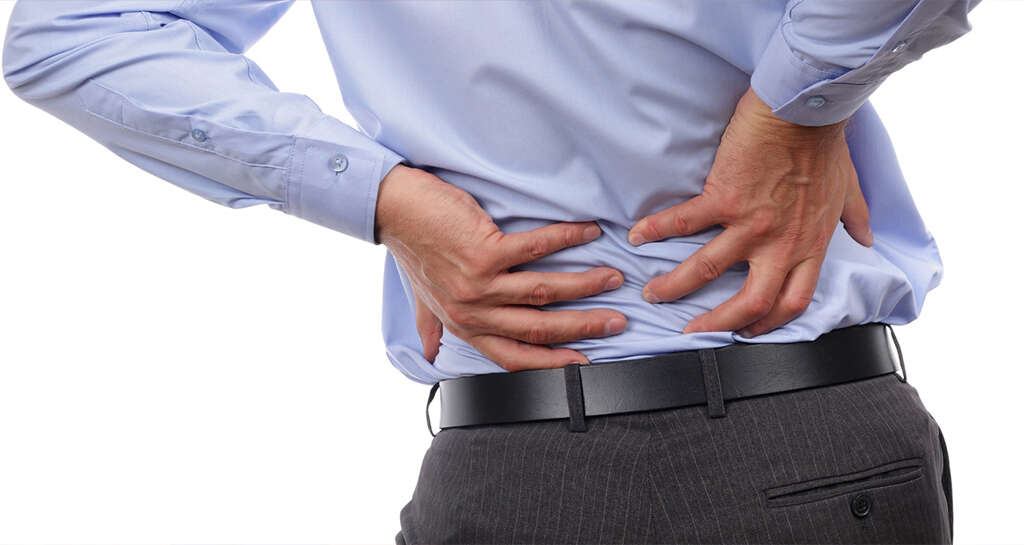
Symptom #10: Urinary Incontinence
Urinary incontinence is involuntary urination or any uncontrolled urine leakage. It is a common issue that can cause distress and impact the quality of life. Some risk factors of urinary incontinence include previous pelvic surgery, childbirth, pregnancy, and menopause.
Urinary incontinence can be classified as urge incontinence, overflow incontinence, stress incontinence, and functional incontinence. The treatment for urinary incontinence may involve pelvic flow muscle training, electrical stimulation, bladder training, or surgery.
